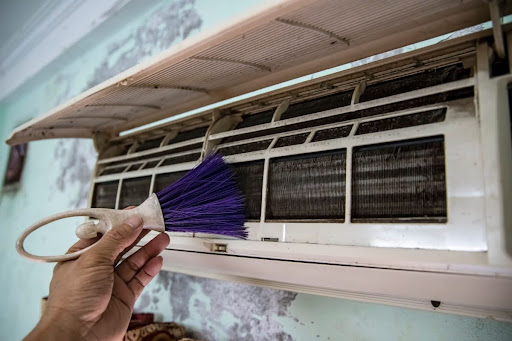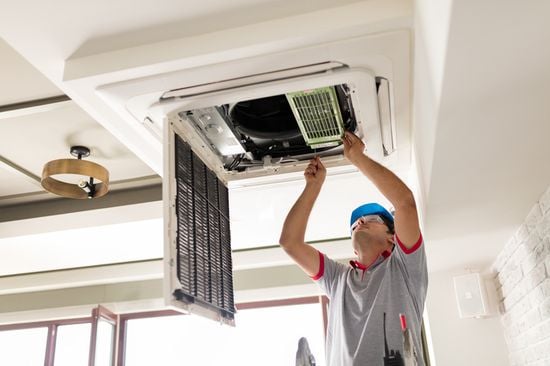Maintaining a healthy indoor environment is crucial, and one of the most important aspects of this is ensuring that your HVAC system is free of mold. Mold in HVAC systems can lead to various health issues and reduce the efficiency of your system. In this article, we will explore some essential mold in HVAC system maintenance tips to help homeowners and business owners keep their systems clean and safe.

Understanding Mold in HVAC Systems
Mold thrives in damp and humid environments, making HVAC systems an ideal breeding ground. When mold spores enter your HVAC system, they can spread throughout your home, causing respiratory problems and allergic reactions. It’s crucial to identify and address mold issues early to prevent them from escalating.
Signs of Mold in Your HVAC System
Some common signs of mold in HVAC systems include a musty odor, visible mold growth around vents, and unexplained health issues among occupants. If you notice any of these signs, it’s essential to take action immediately.
Regular HVAC System Inspections
One of the most effective ways to prevent mold growth in your HVAC system is through regular inspections. Hire a professional to examine your system at least once a year to ensure it’s in good working condition and free of mold. Regular inspections can help identify potential issues before they become severe.
Cleaning and Maintenance
Regular cleaning and maintenance of your HVAC system are essential to prevent mold growth. This includes cleaning or replacing air filters, cleaning ducts, and ensuring proper drainage. You can find more detailed cleaning tips on mold removal and odor prevention.
Maintaining Proper Humidity Levels
Controlling indoor humidity levels is another crucial step in preventing mold growth. Use a dehumidifier to maintain humidity levels between 30% and 50%, and ensure proper ventilation in your home.
Sealing and Insulating Ductwork
Properly sealed and insulated ductwork prevents moisture from entering your HVAC system. This reduces the risk of mold growth and improves the system’s efficiency. It’s essential to check for leaks and seal them promptly.
Using Mold-Resistant Products
Consider using mold-resistant products in your HVAC system, such as mold-resistant air filters and coatings. These products can help reduce the risk of mold growth and improve air quality in your home.
Professional Mold Remediation
If you discover mold in your HVAC system, it’s best to hire a professional mold remediation service. They have the expertise and equipment to safely and effectively remove mold from your system.
Regularly Replace Air Filters
Replacing air filters regularly is essential to maintain clean air in your home and prevent mold growth. Check your filters every month and replace them as needed to ensure optimal performance.
Using UV Lights
Installing UV lights in your HVAC system can help kill mold spores and prevent them from spreading. UV lights are an effective way to improve air quality and keep your system mold-free.
Conclusion
By following these mold in HVAC system maintenance tips, homeowners and business owners can ensure a healthy indoor environment and prolong the life of their HVAC systems. Regular maintenance, proper humidity control, and professional inspections are key to preventing mold growth.

FAQs
How often should I have my HVAC system inspected for mold?
It’s recommended to have your HVAC system inspected for mold at least once a year by a professional.
Can I clean mold from my HVAC system myself?
While you can perform some basic cleaning, it’s best to hire a professional for thorough mold removal to ensure safety and effectiveness.
What are the health risks associated with mold in HVAC systems?
Mold in HVAC systems can cause respiratory problems, allergic reactions, and other health issues, especially for individuals with pre-existing conditions.
This article contains affiliate links. We may earn a commission at no extra cost to you.